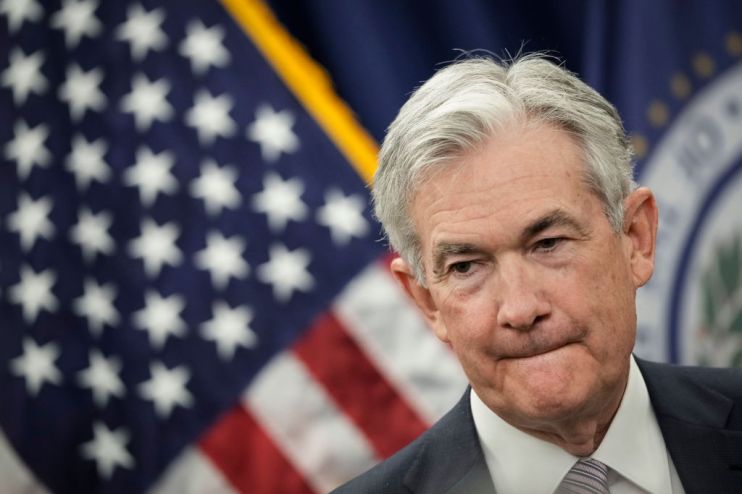US inflation smashes expectations in sign Fed will waive through further steep rate hikes

US inflation has smashed expectations in a sign the Federal Reserve will waive through a series of steep and rapid rate hikes to prevent high prices from embedding in the American economy.
Prices climbed 8.6 per cent over the last year, higher than Wall Street’s forecasts of 8.3 per cent, according to fresh figures published today by the US Labor Bureau of Labor Statistics.
Inflation is now running at its highest rate for more than 40 years and is now presenting broad based price rises across the economy.
Over the last month, prices rose one per cent, up from 0.3 per cent in April when analysts had predicted inflation may have peaked, again beating Wall Street’s expectations of a 0.7 per cent rise.
The figures are likely to reinforce bets on Fed chair Jerome Powell and the rest of the federal open market committee signing off a series of 50 basis point rate rises over the second half of this year to prevent high inflation becoming a permanent fixture in America.
The Fed lifted rates 50 basis points at its last meeting, double the amount it normally moves by, to between 0.5 per cent and 0.75 per cent.
Soaring food, energy and fuel prices drove inflation higher. Gasoline prices in the US have hit $5 recently and have become a political headache for president Joe Biden, who recently labelled inflation as the “bane” of America.
Stripping volatile food and energy prices – a measure known as core inflation, which is viewed as an accurate picture of how sticky price rises are – surged ahead of analysts’ expectations to 0.6 per cent in May.
The Fed will be extremely worried about elevated underlying inflation as it signals price pressures are spreading across the economy, which may mean it will have to rein in monetary policy much more sharply.
Analysts said today’s data has nailed on successive 50 basis points, and may even coax the Fed to go even faster.
“The surprise increase in headline inflation to a 40-year high… together with another strong rise in core prices raises the odds that the Fed will need to extend its series of 50 basis point rate hikes into the fall, and even opens the door to a larger 75 basis point move at next week’s FOMC meeting,” Michael Pearce, senior US economist at Capital Economics, said.
Central banks are in the process of turning off ultra-stimulative policy that has characterised the global economy since the financial crisis and was ramped during the pandemic to tame the worst bout of inflation in recent history.
Yesterday, the European Central Bank confirmed it will lift borrowing costs for the first time in over a decade next month and may even raise them 50 basis points in September.
The Bank of England has hoisted rates at each of its last four meetings, taking them to a 13-year of one per cent. Governor Andrew Bailey and co are expected to lift them again next Thursday, potentially by 50 basis points to 1.5 per cent.
Other top monetary authorities have delivered 50 basis point hikes recently.
Separate data published today by the University of Michigan found consumer confidence in America is running at its lowest level since the organisation started tracking the numbers.
The same survey found US households’ future confidence in the economy has plunged to its weakest level since 1980, and their expectations for future inflation has climbed to a 14-year high.
Wall Street tumbled on the string of downbeat news. The tech-heavy Nasdaq collapsed 3.31 per cent, while the S&P 500 and Dow Jones fell 2.82 per cent and 2.53 per cent respectively.